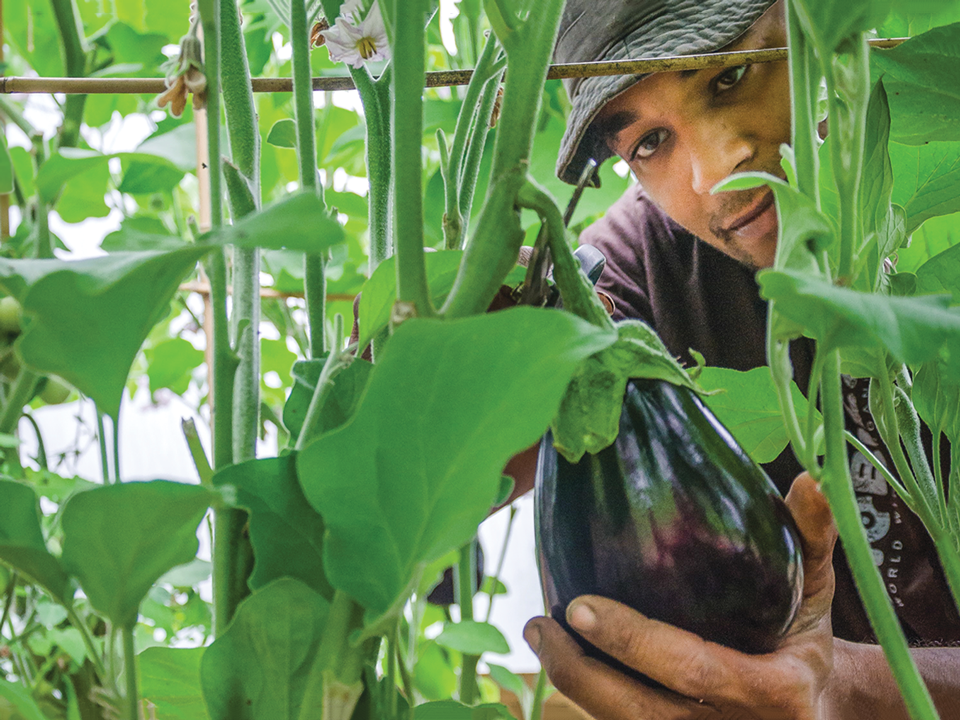When we grow to produce flowers, fruit or vegetables, there are many variables to consider in order to grow as efficiently as possible. Here we outline 5 methods to incresae your chance of a bumper yield!
Nutrients
We are what we eat, and that is the same for your plants.
There are two groups of nutritional elements known as micro and macro. Micro consists of the primary NPK - aka, Nitrogen, Phosphorus and Potassium. However, there is a list of MACRO (or trace) elements, which must be available and in balance with the growth of the plant at a molecular level. These consist of Calcium, Magnesium, Boron, Zinc, Sodium, Manganese, Sulphur and Copper. Ensure a healthy balance of micro and trace elements to allow plants to grow to the best geneitical potential.
The Grow Medium
A grow medium that is airy, light, with excellent water retention as well as a high drainage capacity. A great tip here is to customise your own grow medium by being conscious of the nutritional side as well as the texture of the medium.
Training Yours Plants
Low stress technique happens when the plant is tied down using string to encourage a large more open canopy; grow wide and bushy with multiple main shoots growing from the top of the canopy.
High stress techniques require snapping of the cell walls and done by simply applying pressure with your finger and thumb; press until a popping sensation can be felt and heard. The inner cells walls will now repair themselves with a calcified knuckle where the original break took place. This technique is called super cropping and it is very useful, as the plant will send natural growth hormone throughout the itself to repair breaks.
Big Roots Mean Bigger Fruits
Often overused adage, the complexity and integrity of a root zone is often overlooked because we only see what is above the grow medium. As we go deeper into the medium, you will notice a network of root hairs and beneficial bacteria working together in a symbiotic relationship. A big root zone allows the plant to be feed at a maximum capacity. The role of the beneficial bacteria is to break down nutrients in the medium and to breakdown food into smaller sized chelated proteins.
Seaweed is an excellent nutrient for the promotion of large roots as they contain cytokinins and natural growth regulators. Felt pots is another excellent way to allow the roots to breathe. They will naturally prune themselves, which will allow the roots to extend and increase its root zone.
Feeding Molasses
We all know how plants use sugar to convert it into energy. Blackstrap molasses refers to a press sugar cane resulting into dark, shiny and thick texture rich in mineral like carbon and residual sugars. Molasses are naturally high in Potassium and Calcium, which are two essential elements for the plant to grow strong cell walls and build up defences against insects and fungus. Beneficial bacteria feed on carbon which allows them to convert food for the root zone. By adding molasses to your nutrient solution, it will dramatically increase your final weight of your fruits and vegetables.
In conclusion, as an indoor or outdoor grower, you need to consider many things. They are all as important so to neglect one will only cause an issue to your garden. By maintaining a well-balanced and organic grow medium, your plants will be as healthy as possible.




